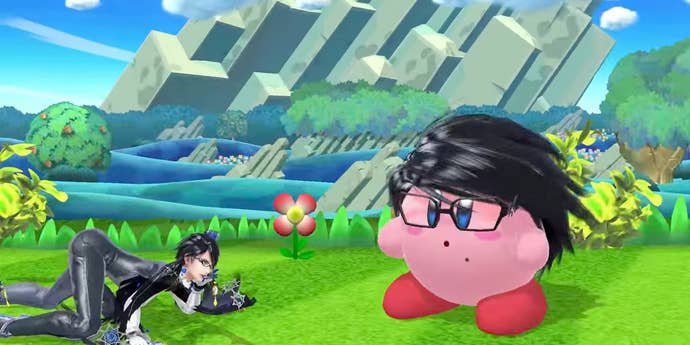The Final Smash Bros. Update Closes the Curtain on Nintendo's Fan-friendly Reveals
The announcement of Bayonetta, Corrin, and Cloud Strife bring the last of Nintendo's deep cuts for the gaming literate.
This article first appeared on USgamer, a partner publication of VG247. Some content, such as this article, has been migrated to VG247 for posterity after USgamer's closure - but it has not been edited or further vetted by the VG247 team.
Super Smash Bros.' immediate and accessible gameplay might have universal appeal, but deep down, it's a series made for and by hardcore Nintendo fans.
This quality has been easy to identify since 2001's Super Smash Bros. Melee, the first game in the series to offer a prolific encyclopedia of Nintendo lore—featuring an assortment of characters who aren't even on the roster. Completely optional content like this makes Smash Bros. feel engineered towards the True Nintendo Fan, rather than an opportunistic, nostalgia-reliant cash grab. Though it may be just a bit self-indulgent, Nintendo's devotion to celebrating their own history makes Smash Bros. more sincere and charming than something like 2012's PlayStation All-Stars Battle Royale, which felt like outsiders playing with someone else's toys.
Smash Bros. celebration of Nintendo lore extends beyond the game itself to the marketing, which contains the same clever references the game's punchy, seconds-long character endings do. In fact, these blink-and-you'll-miss-them nods often extend beyond the world of Nintendo, giving fans sly visual references to grin about. Take the reveal of Cloud Strife, for instance: Nintendo could have simply played Final Fantasy music to let the nostalgia sink in while the spiky-haired hero pulled off his coolest moves, but the many deep cuts seen throughout his trailer give this glorified commercial a sense of fun and authenticity most promotion materials are lacking.
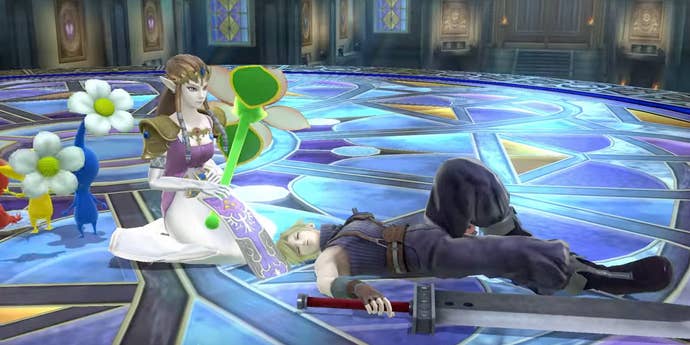
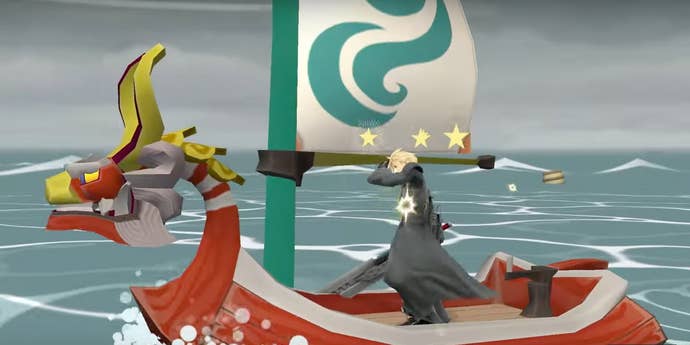
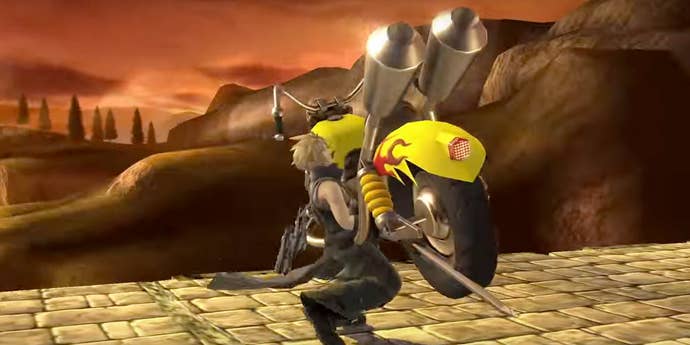
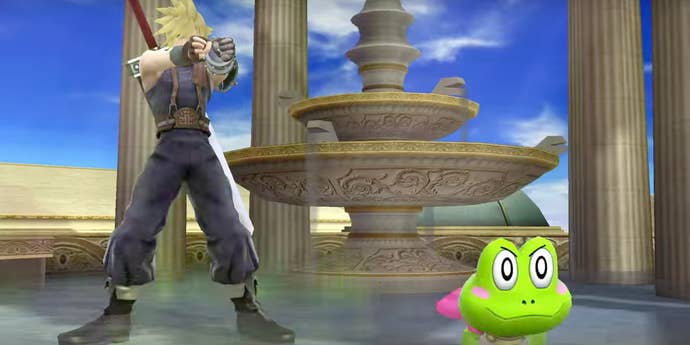
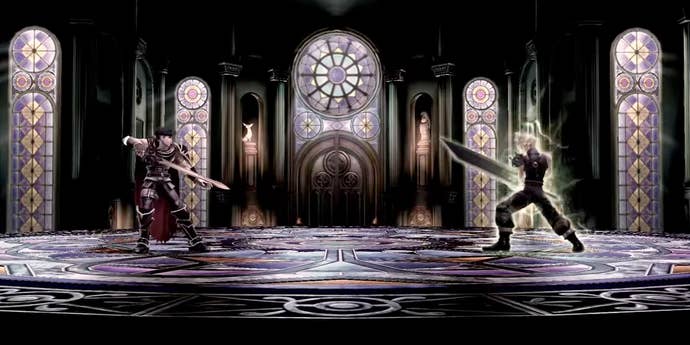
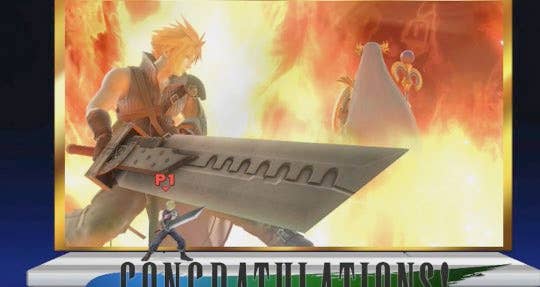
I don't think it's any coincidence that Smash Bros. fan-friendly tactics coincided with the reign of the late Satoru Iwata. After all, he worked down in the trenches on some of Nintendo's greatest hits (including Smash Bros. Melee), and brought his respect for the craft to his executive role. Without him, it's unlikely we'd see a project similar to the great Iwata Asks, which regularly dropped tantalizing behind-the-scenes information that would have never been spilled elsewhere. Hopefully, this ethos will carry over to the rule of Nintendo's new President—but even if it doesn't, we'll always have Bayonetta Kirby.
